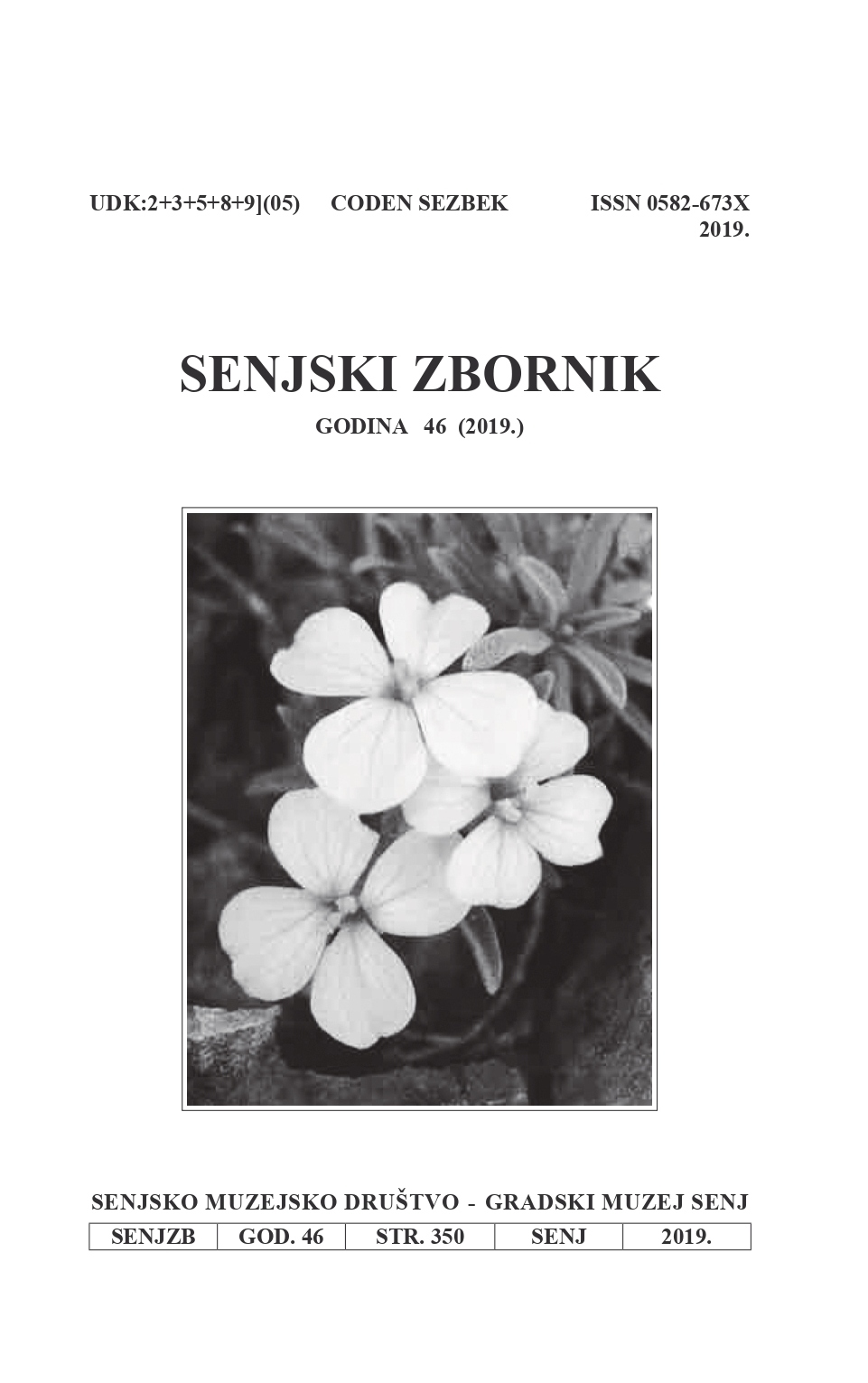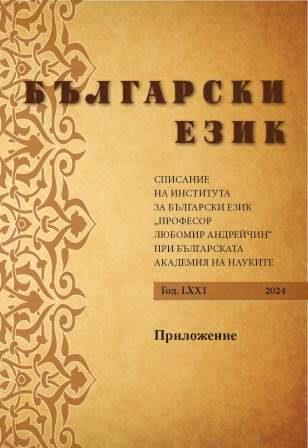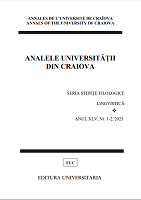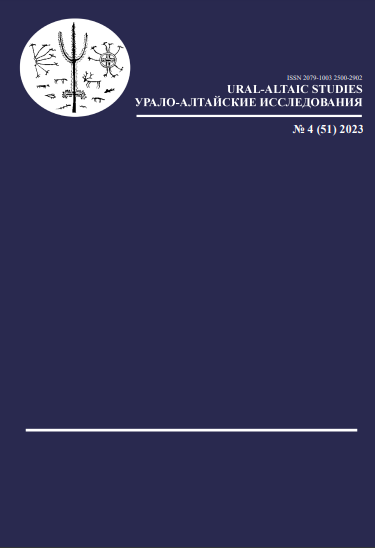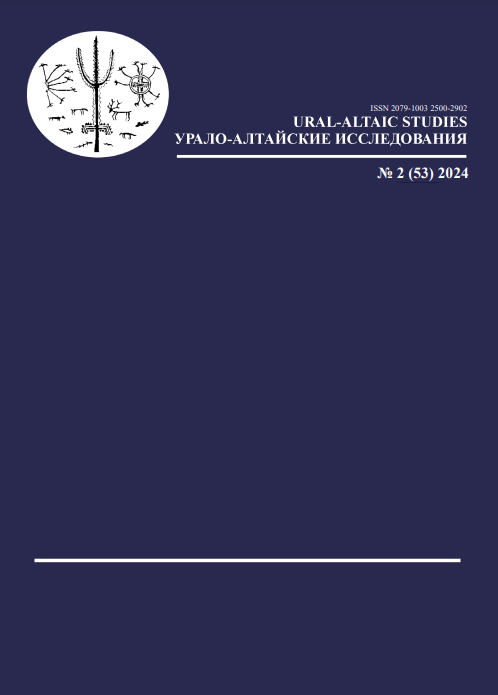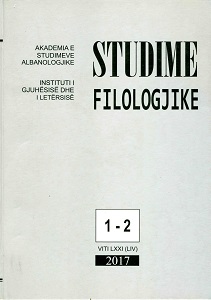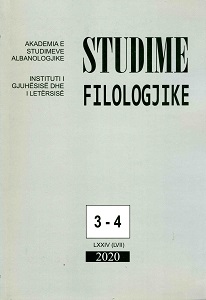Author(s): Rami Memushaj / Language(s): Albanian
Issue: 01-02/2017
The Lab subdialect, or Labërishte, as one of three subdialects of Tosk, is spoken in the Southwestern Albania, in the territory between the Ionian sea and the Vjosa river, excluding the territory on the west of lower flow of the Shushica river, extending toward the south to Sarandë-Delvinë-Gjirokastër road, including Lunxhëria and Zagoria regions. This subdialect has about 14 local dialects, namely those of Topallti, Kudhës-Grehot, Lopësi, Rëza e Tepelenës and of 2'agoria; of Mesapliku, Kurveleshi, Kardhiqi, Gjirokastra and its outskirts, Lunxhëri, Dropulli (?) and of Muzina; of Dukati, Upper Himara, Lower Himara, Rrëzoma and that of Delvina, although this number is not verified in loco. The number of local dialects of Labërishte may be greater, but the lack of dialectological studies for the territories of Rrëza e Tepelenës, and those of the Drino valley makes it difficult to do subtle divisions. By our dialectologists only six of these dialects are being studied, which in the “Dialectological Atlas” of Albanian are represented by 11 points where dialectal materials are collected, exactly point 116 (Vlorë), and 117 (Matogjin) for the Mesapliku dialect; point 118 (Dukat) for the Dukati dialect; point 119 (Progonat) for the Upper Kurvelesh dialect, and 121 (Fterrë) for the Lower Kurvelesh dialect; point 120 (Vuno) for the Upper Himara dialect, and point 122 (Lukovë) for the Lower Himara dialect; pont 139 (Sheper) for the Zagoria dialect; point 141, and 142 for the Gjirokastër dialect; and point 144 (Delvinë) for the Delvina dia lect. These local dialects have in common a number of features such as the presence of long vowels, of a more retracted [ë] vowel, the assimilation in some of them of mb, nd, ng, ngj clusters, and the infinitive in -ur. More common features have these dialects in the field of morphology and syntax. In this last field it deserves to be mentioned the predominant use of coordination, of'asyndetic clauses, of coordinative conjunctions at the beginning of sentences, and syntactic sandhi of some very old syntagma, especially in Kurvelesh and Himara. Even from this list of common features it comes clear that this subdialect is not so compact. The reasons for such a great number of local dialects in a relatively small area are the mountainous nature of the region, the rivers that divide its parts, and the isolation of this small ethnographic units because of the absence in the past of roads. From dialectal descriptions and materials collected in the territories of the studied varieties it comes out that, beside phonetic, morphological, and lexical differences, these speeches differ also in their syntax. Studying dialectal texts from these local varieties, we have discerned the following syntactic features: 1. Presence of ambigeny vs. its absence - according to collected materials, ambigeny is present in the Gjirokastër and Mesaplik dialect, while fluctuations are observed in Muzinë, Zagori and Kurvelesh dialects. 2. Absence of the preposed article vs. its presence - generally the preposed article is not used in labërishte, although it remains to be further investigated, because of the paucity of evidence. Only in the Upper Himara dialect this article is found, but with certain restrictions. 3. The article së instead of të - the së before masculine nouns is used only in the local dialects of Muzinë and Gjirokastër; in other dialects it is not found before masculine nouns. 4. The archaic future kam+conjunctive is registered only in the dialect of Upper Himara and in the Çorraj village of Kurvelesh. 5. The preposition më in place of në, me, nga - these prepositions are found in the local dialects of Zagori, Kurvelesh and Himarë. 6. The absence of preposition në before place names - this phenomenon is met only Himarë and Mesaplik.
More...
